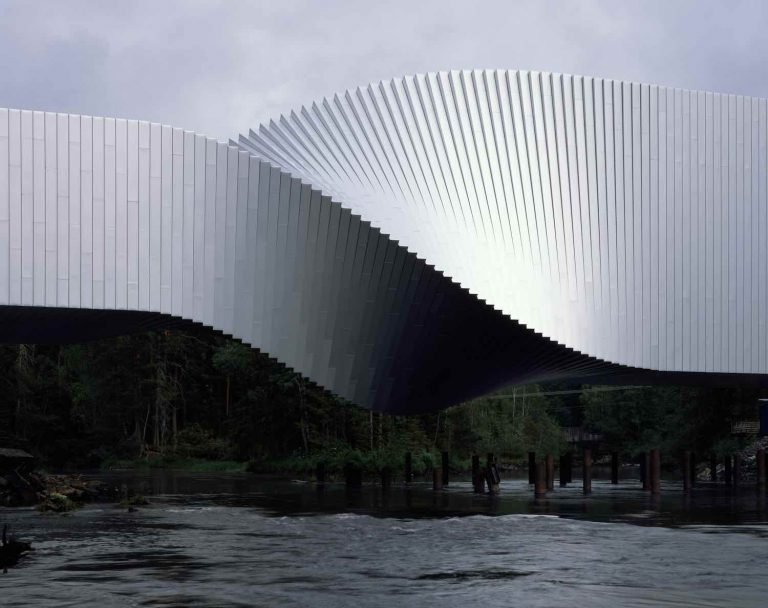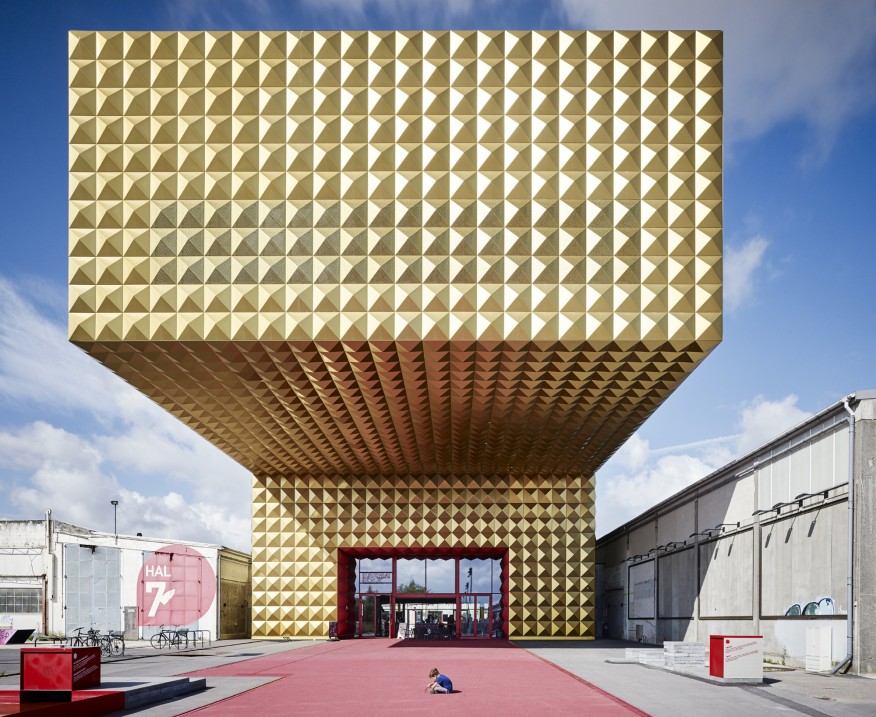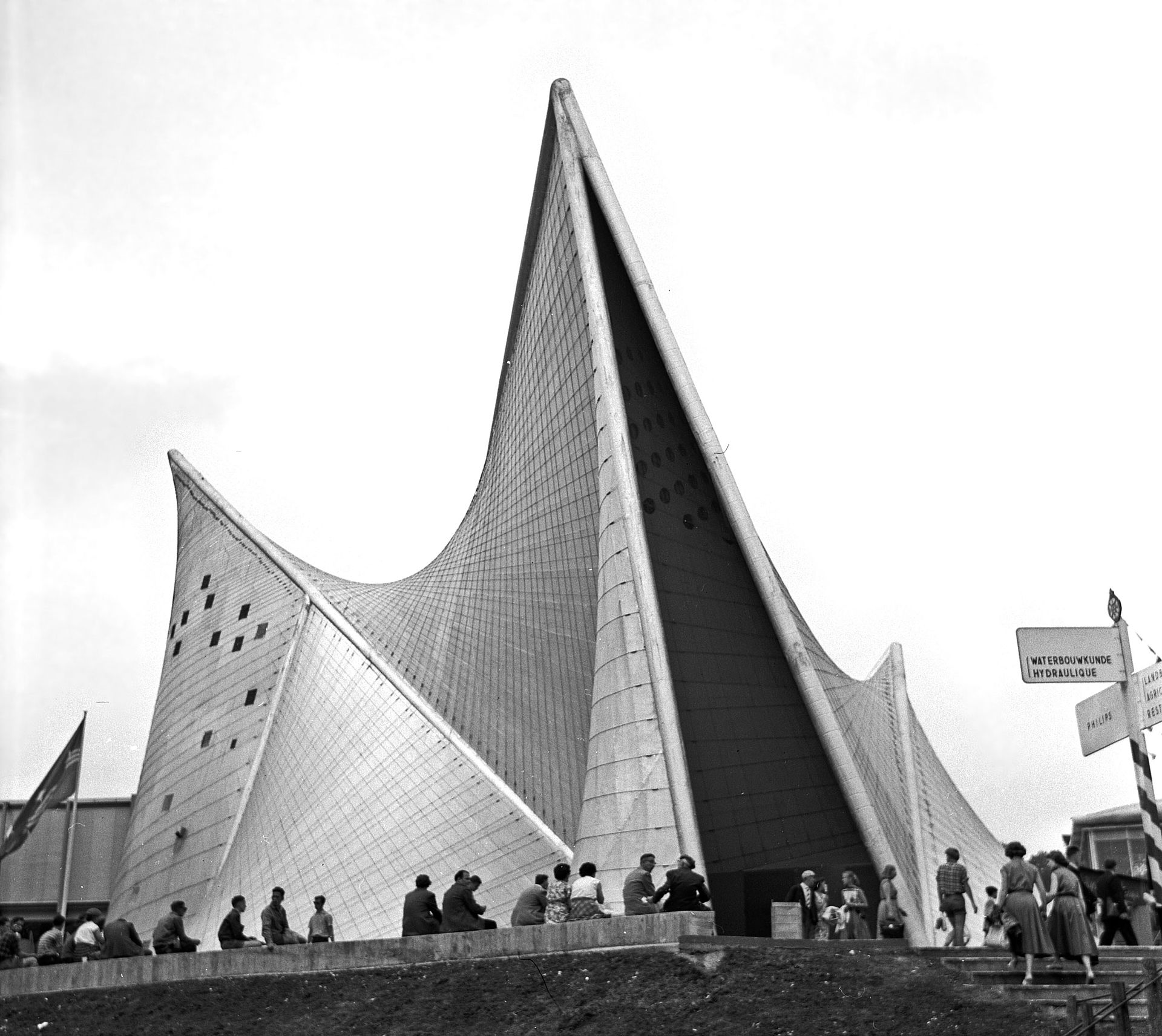The principle of understanding architecture as a discipline lies in the technique and art of designing and constructing buildings. A technique that meets human requirements through form and functionality. Together with the aesthetic precept, it inspires understanding through semiotics.
However, as well as considering it a major discipline, architecture has other coexisting elements. These are contingent and condition those who observe, pass through and inhabit a space. One way of understanding this could be through a description of the project. And through architectural studios and architects, as well as through culture and necessity.

Twist Museum by Bjarke Ingels Group – Photo by Hélène Binet.
Nonetheless, within this imposing system, artistic semiotics play a crucial role. Architecture meets photography, which supports, elevates and maintains it. Photography and architecture go hand-in-hand through visual signs, composition, volumes, geometries and textures.
At The Decorative Surfaces, to mark the occasion of World Architecture Day we look at how these disciplines are associated. The aim is to ensure that the perfect subjective understanding registers with the recipient. This message like any artistic discipline, is captured intrinsically. And, just like any technique, it responds to a specific need.
Photography and architectural communication
Architecture has been depicted since the earliest days of photography. This was due to the prolonged exposure time that early photographic processes required. Thus, buildings and monuments that were immobile were the logical subjects of this revolutionary 19th-century technology. Many years later, Walter Benjamin was to theorise this as the loss of artistic aura in the era of technical reproducibility.
Far from Benjamin’s theories, photography manages to encapsulate the soul of architecture in a transcendent manner. It does so based on the perspective of the objective which imprints a context that frequently would otherwise be indescribable.
In this sense, architectural photography has become one of the most popular artistic genres. Bearing in mind that this art straddles both aesthetics and documentation. It is architecture’s instrument of communication with the public. It is the public who comprehend and experience the project through this visual format. One example of how important the field has become are the various international photographic awards, including those of the American Institute of Architecture.

Photo by Darren Bradley. Title: Steel City. Location: Smithfield-Liberty Garage, Pittsburgh, PA. Architect: Philips B. Bown (Altenhof & Bown
Architecture as the star. Photography as the medium
Images tell a story through volumes, perspectives and lighting. Snapshots that confirm Le Corbusier’s claim that “architecture is the learned game (…..) of forms assembled in the light” in order to connect with the soul of a building. Yet, however static an element it may be, the soul is there. At times, photography is the ideal medium to enhance understanding of a message, as in the following examples.

